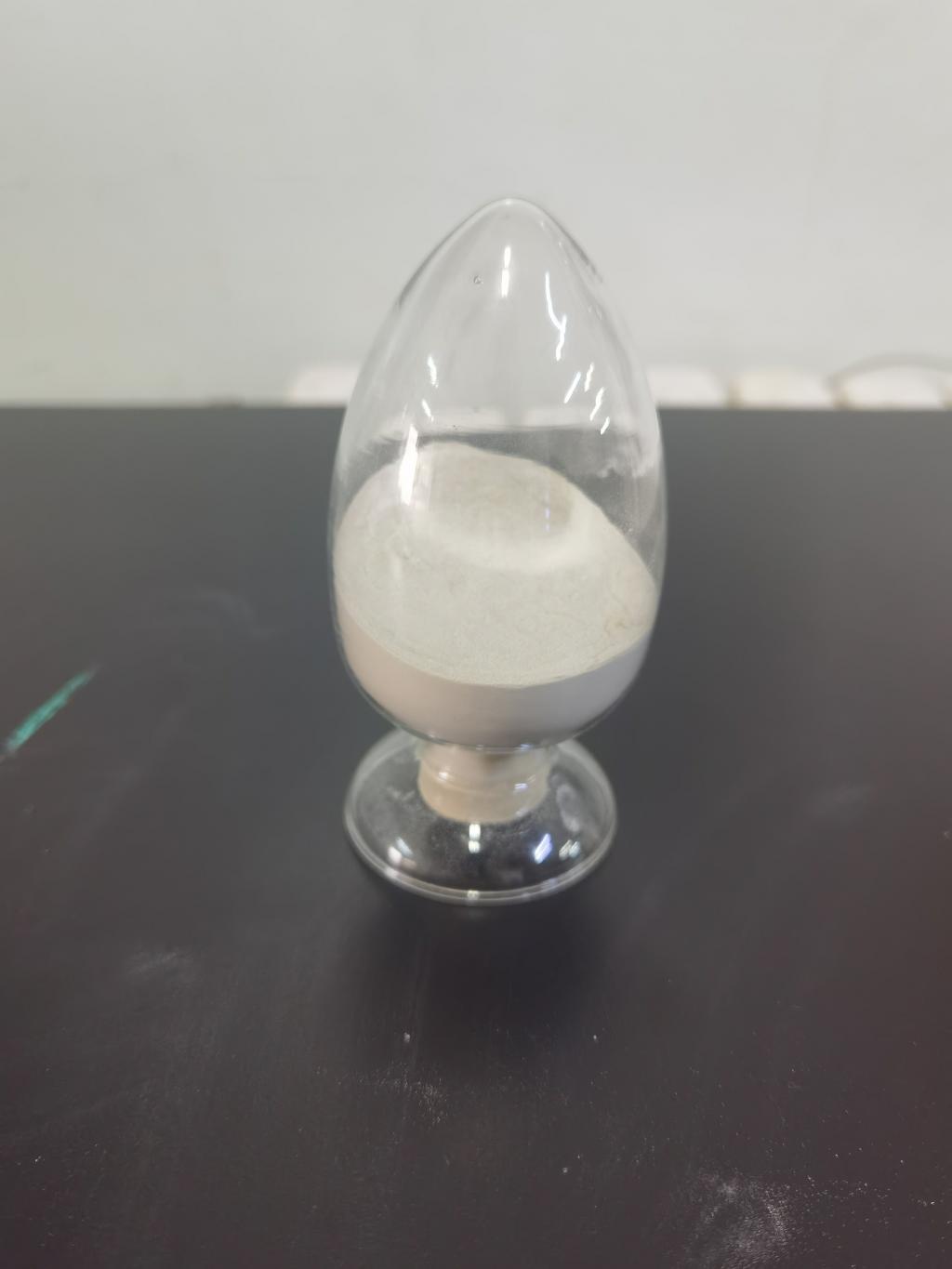Tel:+8618231198596

News
 CONTACT
CONTACT
 CONTACT
CONTACT
- Linkman:Linda Yao
- Tel: +8618231198596
- Email:linda.yao@dcpharma.cn
- Linkman:CHARLES.WANG
- Department:Overseas
- Tel: 0086 0311-85537378 0086 0311-85539701
News
Nisin and Food Labeling: Transparency in Natural Preservation
TIME:2023-12-19
Introduction:
Consumers are increasingly seeking food products with minimal additives and preservatives, driving the food industry to explore natural and clean label alternatives for preservation. Nisin, a natural antimicrobial peptide, offers a unique solution to meet these demands while ensuring the safety and quality of food products. This article investigates the relationship between nisin, food preservation, and the transparency achievable through food labeling.
The Need for Natural Preservation:
Preservatives play a crucial role in preventing spoilage, extending shelf life, and ensuring food safety. However, concerns about the health impact of synthetic preservatives have prompted a shift towards natural alternatives. Nisin, derived from lactic acid bacteria, provides an effective and natural means of preserving food products.
Nisin's Mechanism of Action:
Nisin acts by disrupting the cell membrane of susceptible bacteria, leading to cell death. Its mode of action is highly specific to certain Gram-positive bacteria, providing a targeted approach to preservation. Understanding the science behind nisin's antimicrobial activity is essential for appreciating its role in natural food preservation.
Nisin in Food Preservation:
The food industry has successfully incorporated nisin into a variety of products, including dairy, meat, and bakery items. Nisin's ability to inhibit the growth of spoilage microorganisms and foodborne pathogens makes it a versatile preservative. Moreover, its compatibility with a range of food formulations and processes makes it an attractive option for manufacturers seeking natural preservation solutions.
Clean Label Initiatives:
Clean label initiatives aim to simplify ingredient lists, removing artificial additives and preservatives. Nisin aligns well with clean label goals, being a naturally occurring peptide with a long history of safe use. Examining how nisin fits into the clean label trend provides insights into its potential impact on consumer perception and acceptance.
Regulatory Considerations:
Navigating the regulatory landscape is crucial for incorporating nisin into food products. The regulatory status of nisin varies across regions, and understanding these nuances is essential for ensuring compliance. This section delves into the regulatory considerations associated with the use of nisin in different countries and regions.
Food Labeling and Transparency:
The use of nisin in food preservation presents an opportunity for enhanced transparency in food labeling. Examining how nisin is declared on ingredient lists, understanding labeling requirements, and communicating its presence to consumers contribute to a transparent and informed food choice for the end consumer.
Case Studies: Nisin in Action:
Explore case studies where nisin has been successfully employed in various food products. From dairy to processed meats, understanding real-world applications provides valuable insights into the effectiveness of nisin as a natural preservative.
Consumer Perception and Education:
Consumer acceptance plays a pivotal role in the success of natural preservatives like nisin. This section explores consumer attitudes towards preservatives, the impact of clean label messaging, and the importance of educating consumers about the benefits and safety of nisin.
Future Directions and Challenges:
The future of nisin in food preservation holds exciting possibilities. Research directions, such as optimizing formulations, exploring synergies with other natural preservatives, and addressing taste and sensory considerations, will shape the continued integration of nisin into the food industry.
Conclusion:
Nisin's role in food preservation aligns with the growing consumer demand for natural and clean label products. Its compatibility with various food matrices, proven efficacy, and alignment with clean label initiatives position nisin as a valuable tool for transparent and natural preservation in the food industry. As we navigate the complexities of food labeling and regulatory compliance, embracing the potential of nisin can contribute to a more transparent and consumer-friendly food landscape.
- Tel:+8618231198596
- Whatsapp:18231198596
- Chat With Skype







